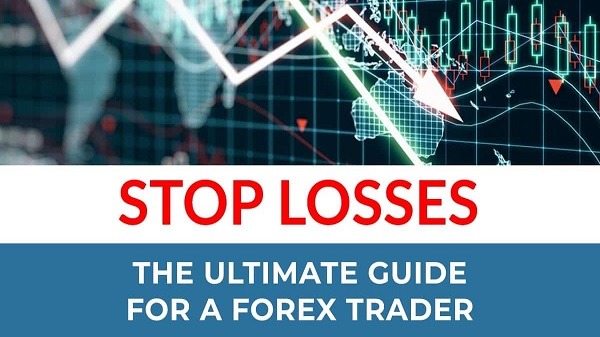
5 Effective Ways to Minimize Forex Losses and Boost Your Trading Success
Minimize Forex Losses
Introduction:
Forex trading, with its potential for high returns, has attracted many investors and traders seeking financial independence. However, along with the opportunity for profits comes the risk of losses. Forex markets are notoriously volatile and can be challenging to navigate, even for seasoned traders. The good news is that there are ways to minimize forex losses and increase your chances of success. In this article, we will explore five effective strategies that can help you avoid forex losses and achieve consistent profitability.
Develop a Solid Trading Plan:
One of the most crucial steps to avoid forex losses is to develop a well-thought-out trading plan. Your trading plan should outline your goals, risk tolerance, and preferred trading strategy. It should also include clear entry and exit points, along with proper risk management techniques.
A solid trading plan acts as a roadmap, guiding your decisions and preventing impulsive trading. It helps you stay disciplined and avoid emotional reactions to market fluctuations. By sticking to your plan, you reduce the chances of making hasty decisions that could result in unnecessary losses.
Use Stop-Loss Orders:
Stop-loss orders are a powerful risk management tool that every forex trader should utilize. A stop-loss order allows you to set a predetermined price at which your trade will automatically be closed if the market moves against you. This helps limit your losses by exiting a trade before it spirals out of control.
When setting stop-loss levels, it’s essential to consider market volatility and the specific currency pair you’re trading. Placing your stop-loss too close to your entry point may result in premature exits due to minor price fluctuations. On the other hand, setting it too wide may expose you to excessive risk. Finding the right balance is key.
Implement Proper Risk Management:
Successful forex trading requires effective risk management. One rule of thumb is never to risk more than 1-2% of your trading capital on a single trade. By adhering to this principle, you ensure that a series of losses doesn’t wipe out your entire account. Diversification is also crucial. Avoid putting all your eggs in one basket by trading multiple currency pairs and utilizing different strategies.
Furthermore, be cautious of overleveraging, as excessive leverage can amplify your losses. Set realistic profit targets and regularly review and adjust your risk management plan to adapt to changing market conditions.
Stay Informed and Analyze the Markets:
Knowledge is power in the forex market. Stay informed about global economic events, central bank policies, and geopolitical developments that can impact currency prices. Follow reliable financial news sources and use economic calendars to track important announcements.
Technical analysis is another valuable tool for forex traders. By analyzing price charts and using indicators, you can identify trends, support and resistance levels, and potential entry and exit points. Combining fundamental analysis with technical analysis provides a holistic view of the market, enabling you to make more informed trading decisions.
Practice and Learn from Mistakes:
Forex trading is a skill that requires continuous practice and learning. Before risking real money, consider using a demo account to familiarize yourself with the trading platform and test your strategies. This allows you to gain experience and refine your approach without incurring financial losses.
Additionally, keep a trading journal to document your trades and review your performance regularly. Analyzing your past trades can help you identify patterns, strengths, and weaknesses in your trading strategy. Learn from your mistakes, adapt your approach, and strive for continuous improvement.



